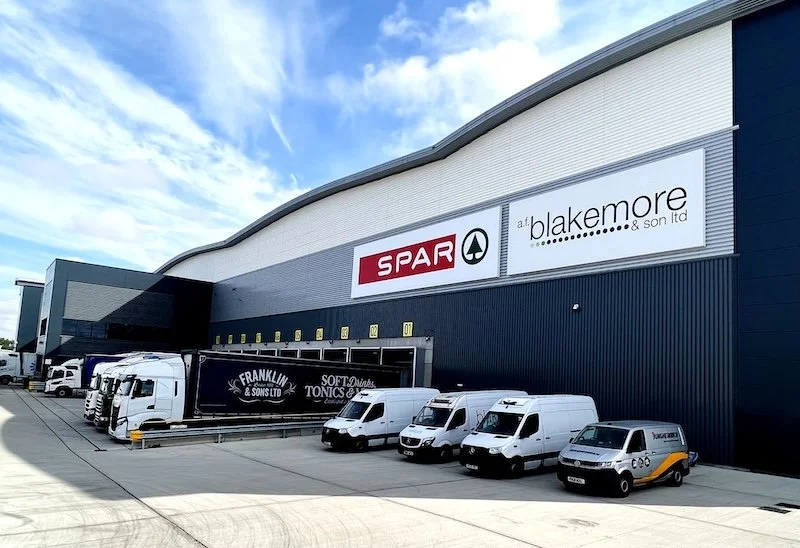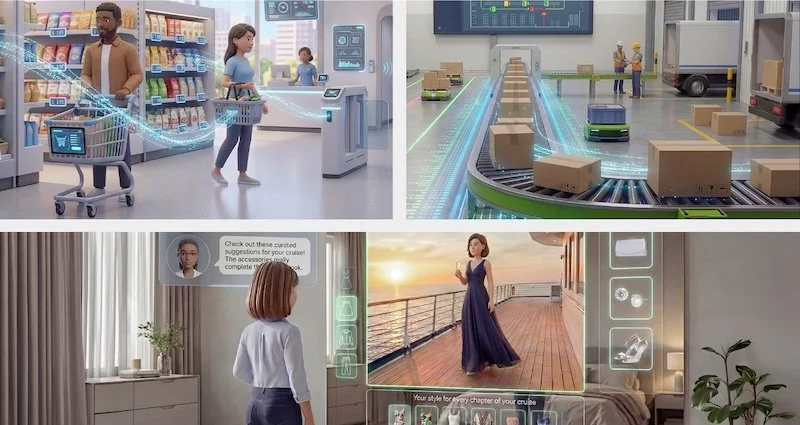Examining the revolutionary impact of 3D printing on modern manufacturing
In recent years, 3D printing has emerged as a groundbreaking technology that is fundamentally altering the landscape of manufacturing.
This innovative process, also known as additive manufacturing, is reshaping industries, from healthcare to aerospace, and is poised to continue its transformative journey well into the future.
Let's explore how 3D printing is revolutionising manufacturing as we know it.
Democratising production
One of the most significant ways 3D printing is changing manufacturing is by democratising production.
Traditional manufacturing often requires large-scale facilities and substantial capital investment. In contrast, 3D printing allows for decentralised, on-demand production, whether you’re manufacturing in Saltillo, Mexico, for example, or Stateside.
This shift is particularly evident in the healthcare sector, where many hospitals have established centralised 3D facilities for point of care manufacturing. The U.S. Food and Drug Administration (FDA) has already approved hundreds of medical products made with 3D printing technology, signaling a new era in personalised healthcare solutions.
Rapid prototyping and innovation
3D printing has dramatically accelerated the product development cycle. Manufacturers can now create prototypes in a matter of hours or days, rather than weeks or months.
This rapid prototyping capability allows for faster iteration, more efficient testing, and ultimately, quicker time-to-market for new products. The ability to quickly produce and modify designs has fostered a culture of innovation across industries, enabling companies to stay competitive in fast-paced markets.
Customisation and personalisation
The flexibility of 3D printing technology has opened up new possibilities for customisation and personalisation in manufacturing.
From tailored medical implants to personalised consumer goods, 3D printing allows for the cost-effective production of unique items. This shift towards mass customisation is particularly impactful in industries like healthcare, where patient specific solutions can significantly improve treatment outcomes.
Sustainable manufacturing
3D printing is also contributing to more sustainable manufacturing practices. The additive nature of the process means that it often uses less material than traditional subtractive manufacturing methods, reducing waste.
Additionally, the ability to produce parts on-demand and locally can reduce the need for large inventories and long distance shipping, further decreasing the environmental impact of manufacturing.
Revolutionising supply chains
The Covid-19 pandemic highlighted the vulnerability of global supply chains, and 3D printing emerged as a potential solution.
The technology's ability to produce parts locally and on-demand can help manufacturers become more resilient to supply chain disruptions. This decentralised approach to manufacturing could lead to more agile and responsive supply networks in the future.
Expanding material possibilities
Advancements in 3D printing technology have led to an expansion of printable materials. Beyond plastics, manufacturers can now print with metals, ceramics, and even biological materials.
This diversity of materials is opening up new applications across industries, from aerospace components to bioprinted tissues for medical research.
Reshaping the workforce
As 3D printing becomes more prevalent in manufacturing, it is also changing the skills required in the workforce. There is a growing demand for professionals who can design for additive manufacturing, operate advanced 3D printers, and manage the complex workflows associated with this technology.
However, there is currently a skills gap in this area. A study found that there are very few studies showing the positive impact of 3D printing on students' education, and not enough statistics measuring the number of students learning about this technology.
This highlights the need for educational institutions to incorporate 3D printing into their curricula to prepare the next generation of manufacturing professionals.
Economic impact
Industry leading brands like Stratasys often highlight the economic impact of 3D printing on manufacturing is substantial and growing.
According to recent statistics, the global 3D printing market size was valued at $13.7 billion in 2021 and is expected to grow at a compound annual growth rate (CAGR) of 20.8% from 2022 to 2030.
This growth is driven by increased adoption across various industries, including automotive, aerospace, and healthcare.
Challenges and future outlook
Despite its transformative potential, 3D printing still faces challenges in widespread adoption.
Issues such as material limitations, production speed, and quality consistency need to be addressed for the technology to fully replace traditional manufacturing methods in certain applications. However, ongoing research and development are continuously improving these aspects.
Looking ahead, the future of 3D printing in manufacturing appears bright. As the technology continues to mature, we can expect to see even more innovative applications. From printing entire buildings to creating complex electronic components, the possibilities seem limitless.
The integration of 3D printing with other emerging technologies like artificial intelligence and the Internet of Things is likely to further enhance its capabilities and impact on manufacturing.
In conclusion, 3D printing is not just changing manufacturing; it's revolutionising it. By enabling rapid prototyping, customization, sustainable practices, and decentralised production, this technology is reshaping how we conceive, design, and produce goods.
As it continues to evolve, 3D printing promises to drive innovation, improve efficiency, and create new opportunities across the manufacturing landscape.
The challenge now lies in ensuring that education and workforce development keep pace with these rapid advancements, preparing us for a future where 3D printing plays an increasingly central role in how we make things.































Continue reading…